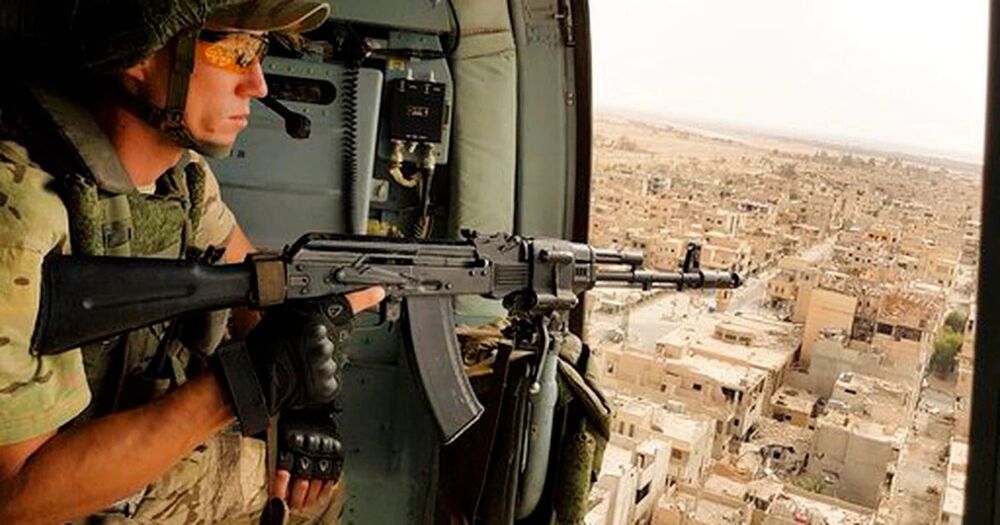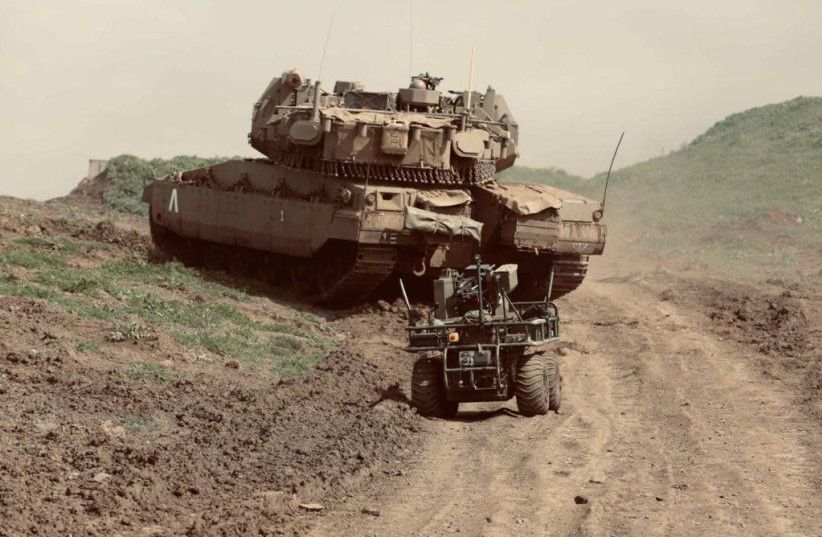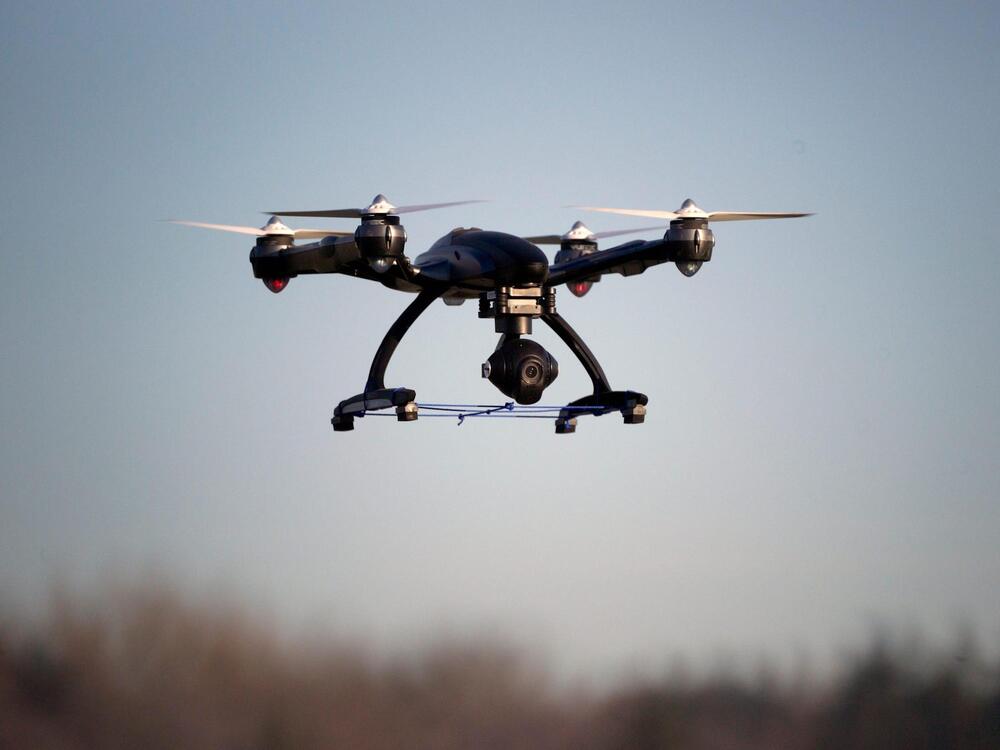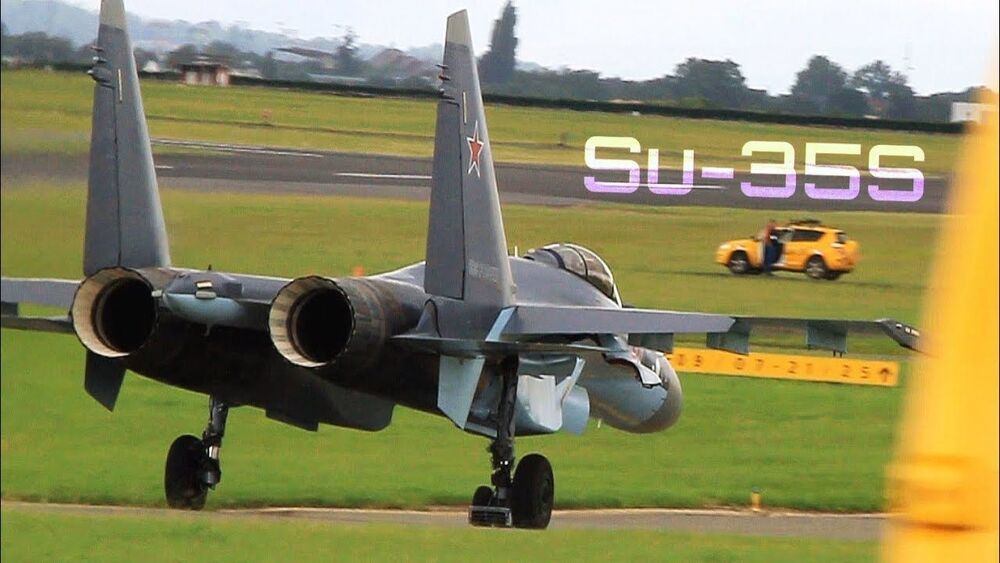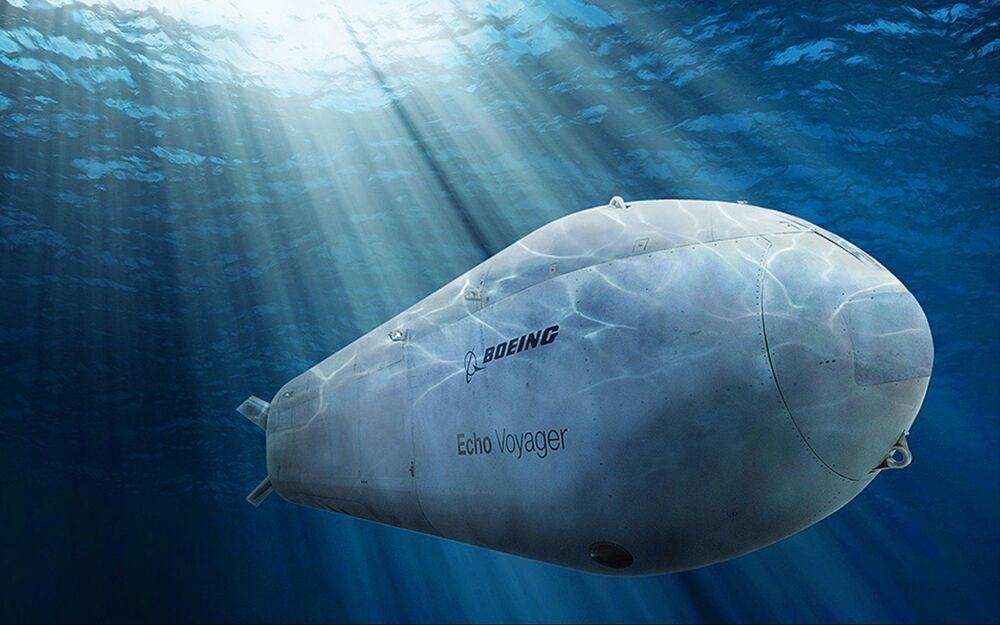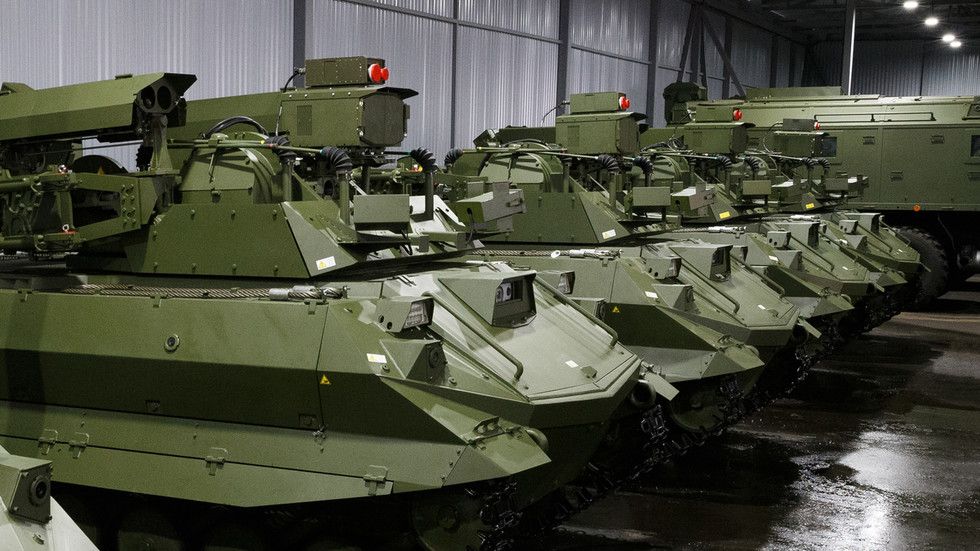Welcome to the rapidly advancing world of autonomous weapons — the cheap, highly effective systems that are revolutionizing militaries around the world. These new unmanned platforms can make U.S. forces much safer, at far lower cost than aircraft carriers and fighter jets. But beware: They’re being deployed by our potential adversaries faster than the Pentagon can keep up, and they increase the risk of conflict by making it easier and less bloody for the attacker.
Artificial intelligence and drones are transforming the battlefield into something that looks more like a video game than hand-to-hand combat. It could save lives — but also increase the risk of combat.

